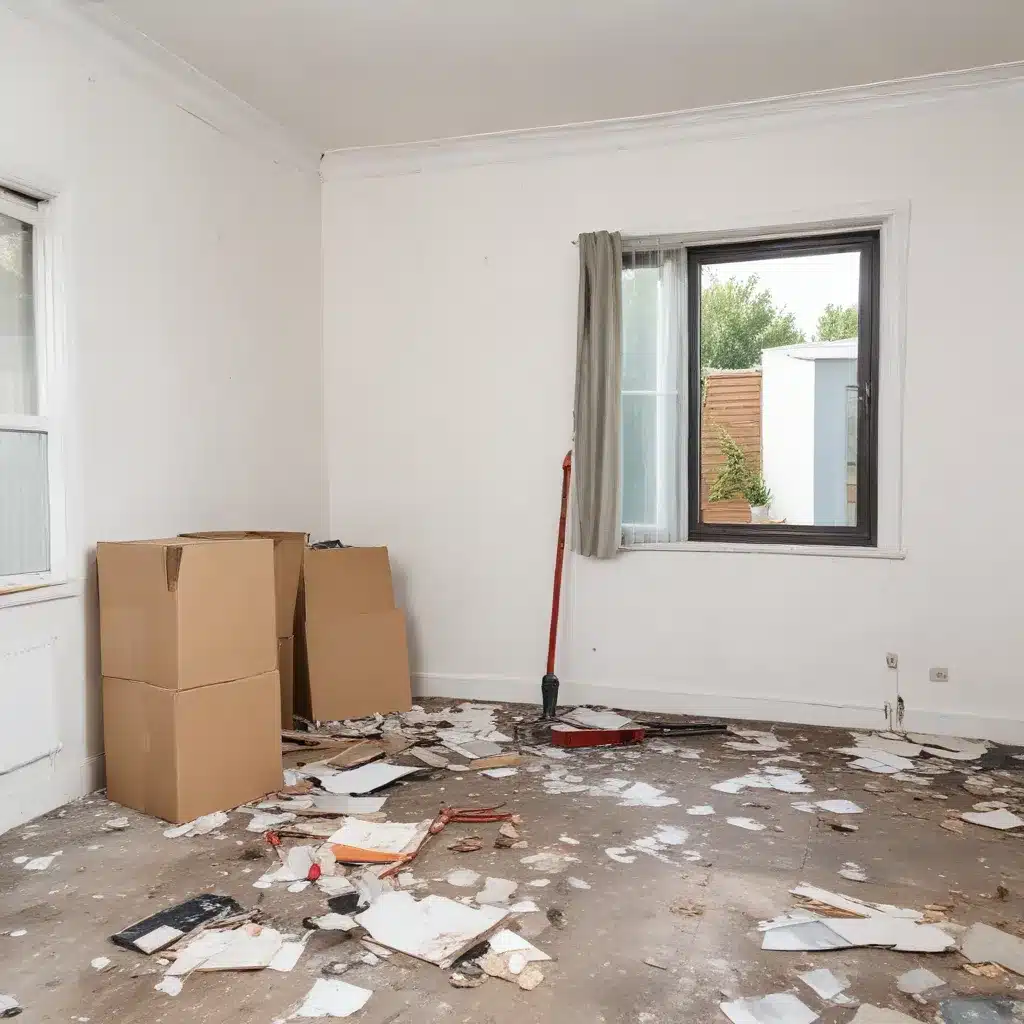
When a tree is removed from your property, the work is far from over. Proper aftercare is essential to preserving your investment, preventing further damage, and ensuring the long-term integrity of your landscape. As a certified arborist and tree care specialist at TriCounty Tree Care, I’ll guide you through the critical steps to maintain your property post-removal.
Cleaning and Restoration
The first order of business is to thoroughly clean the area where the tree once stood. This involves removing any debris, sawdust, or remaining wood fragments. A thorough clean-up prevents these materials from decomposing and potentially damaging your lawn or landscaping. If the removal process has left the ground uneven or disrupted, consider leveling the area and reseeding or resodding as needed.
In some cases, the tree’s removal may have caused minor damage to surrounding structures, such as the driveway, walkways, or even the home’s foundation. It’s important to inspect the area carefully and address any cracks, holes, or other issues promptly. Depending on the extent of the damage, you may need to hire a masonry contractor or foundation repair specialist to ensure the structural integrity of your property.
Landscaping and Outdoor Maintenance
The absence of a tree can significantly alter the dynamics of your outdoor space. To maintain the aesthetic appeal and functionality of your landscape, consider the following:
Lawn and Garden Care: Evaluate the impact of the tree’s removal on your lawn and garden. The increased sunlight exposure may require adjustments to your watering and mowing routine. Additionally, you may need to introduce new perennials or annuals to fill the void left by the tree’s canopy.
Driveway and Pathway Upkeep: Check for any cracks, uneven surfaces, or debris that may have accumulated due to the tree’s removal. Regularly sweep and maintain these areas to prevent tripping hazards and ensure a well-groomed appearance.
Exterior Property Maintenance: Assess the impact on your home’s exterior, such as the siding, gutters, or roof. Ensure that any damage caused by the tree’s removal is addressed promptly to prevent further deterioration.
Pest and Hazard Management
The absence of a tree can also create new opportunities for pests and potential hazards. It’s essential to be proactive in addressing these concerns:
Pest Control Strategies: The removal of a tree may attract unwanted pests, such as rodents or insects, that previously found shelter or food sources in the tree. Implement integrated pest management techniques, including exclusion, sanitation, and targeted treatments, to maintain a pest-free environment.
Hazard Identification and Mitigation: Consider any potential hazards that may have been introduced or exacerbated by the tree’s removal. This could include unstable ground, exposed roots, or changes in water drainage patterns. Address these issues swiftly to ensure the safety of your property and its occupants.
Building Systems and Infrastructure
The impact of a tree’s removal can extend beyond the immediate landscape, affecting the various systems and infrastructure that support your property.
HVAC Maintenance: Evaluate the potential impact on your home’s heating, ventilation, and air conditioning (HVAC) system. The changes in sunlight exposure and airflow may require adjustments to your system’s efficiency and performance.
Plumbing and Electrical Upkeep: Inspect the areas where the tree’s roots may have been in close proximity to underground utilities, such as pipes or electrical lines. Ensure that there are no disruptions or damage to these critical systems.
Roof and Exterior Inspections: Regularly examine the condition of your roof, gutters, and other exterior features that may have been affected by the tree’s removal. Address any issues, such as leaks or structural concerns, to maintain the integrity of your property.
Regulatory Compliance and Permits
Depending on your local regulations and homeowners association (HOA) guidelines, you may need to navigate various compliance requirements and obtain the necessary permits for post-removal activities.
Local Building Codes and Regulations: Familiarize yourself with your municipality’s regulations regarding tree removal, site restoration, and any required permits or inspections. Ensure that your aftercare practices adhere to these guidelines.
Permits and Inspections: Depending on the scope of your post-removal work, you may need to obtain permits for activities such as landscaping, construction, or utility repairs. Consult with your local authorities to understand the applicable requirements.
Homeowner Association Guidelines: If your property is subject to an HOA, review their specific rules and regulations regarding tree removal, landscaping, and exterior modifications. Obtain any necessary approvals before proceeding with your aftercare plans.
Budgeting and Cost Considerations
Maintaining your property after a tree removal can be a significant investment, but it’s crucial for preserving your investment and preventing further issues. When planning your aftercare budget, consider the following:
Estimating Aftercare Expenses: Carefully assess the scope of the work required, including cleaning, restoration, landscaping, pest control, and any necessary repairs or upgrades. Obtain quotes from reputable contractors to accurately estimate the costs.
Cost-Effective Maintenance Strategies: Explore ways to optimize your aftercare expenses, such as performing some tasks yourself, using eco-friendly or energy-efficient solutions, and prioritizing preventive maintenance over reactive repairs.
Budgeting for Long-Term Upkeep: Develop a comprehensive maintenance plan and allocate funds accordingly. This may include regular inspections, seasonal landscaping tasks, and addressing any emerging issues promptly to avoid more significant (and costly) problems in the future.
Maintaining your property after a tree removal is a crucial step in preserving your investment and ensuring the long-term health and safety of your outdoor space. By following these comprehensive guidelines, you can protect your property, enhance its aesthetic appeal, and enjoy the benefits of a well-maintained landscape for years to come. For any additional questions or assistance, please don’t hesitate to reach out to the experts at TriCounty Tree Care.


